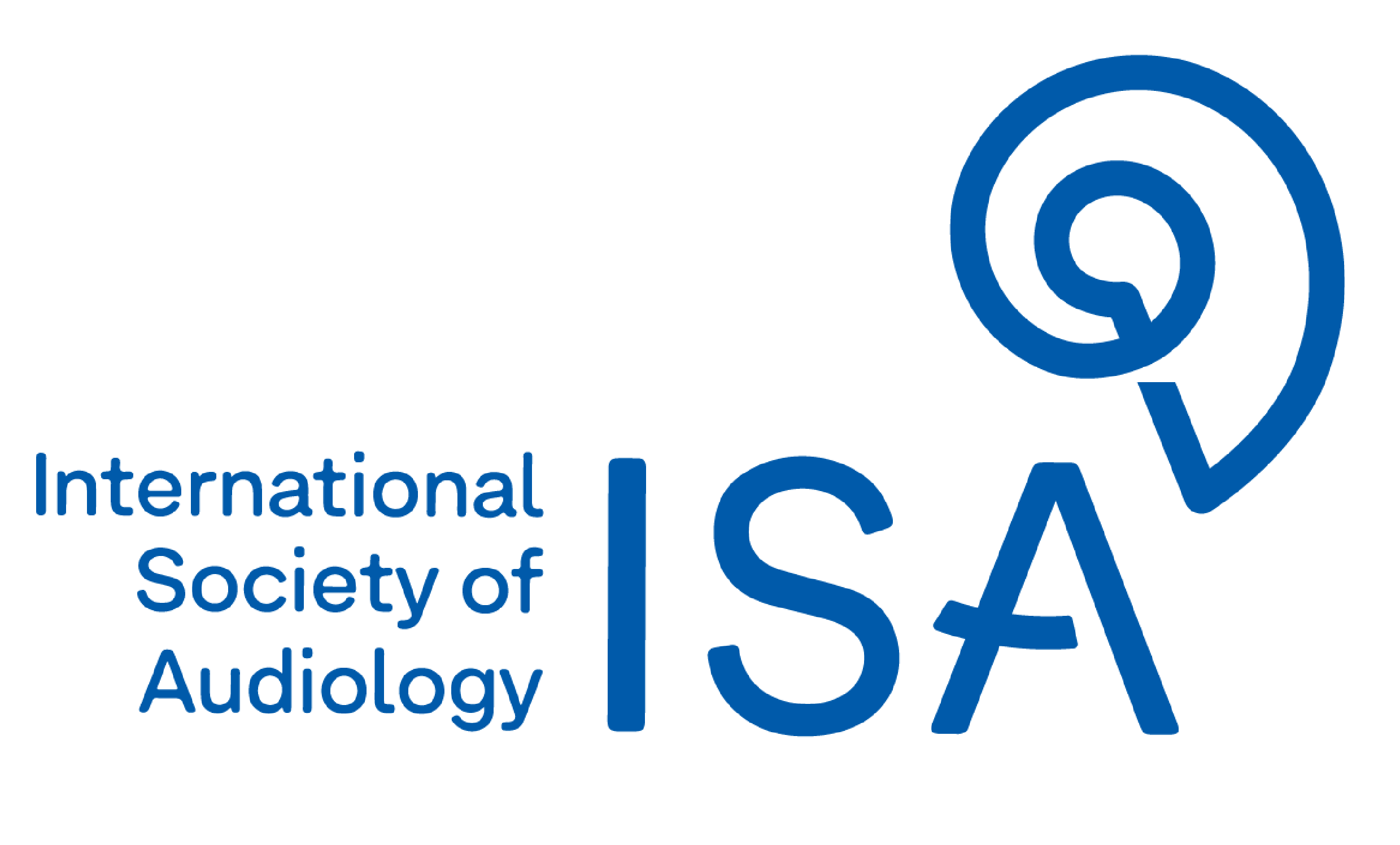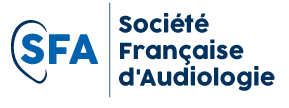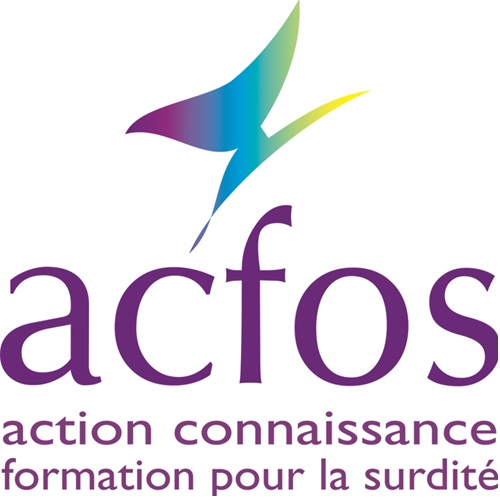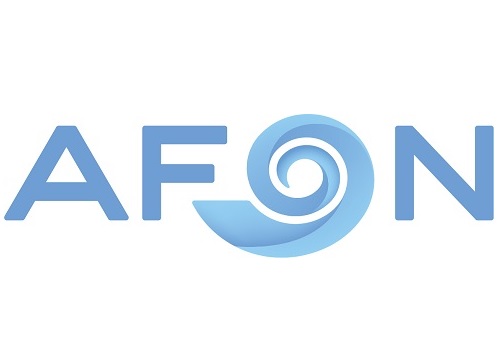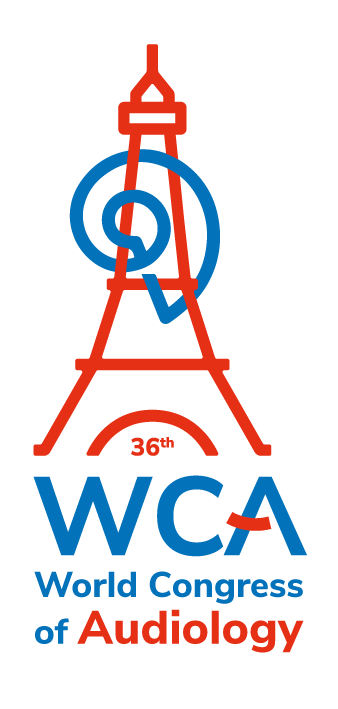WCA Workshops
Thursday September 19th from 10 am to 1 pm
Workshops list
If you would like to take part in a workshop, the cost is €100 incl. VAT.
Please click here to register : https://www.comnyou.net/en/module/evenements/inscription/wca-2024-898
ABR and ASSR Measures as Central Pillars of Objective Audiometry
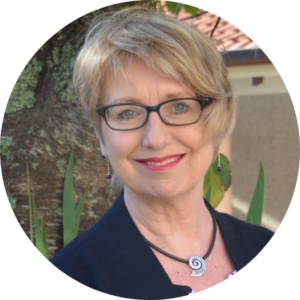
Suzanne Purdy
New Zealand
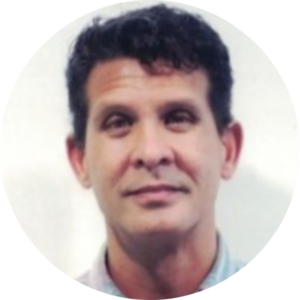
Andy Beynon
The Netherlands
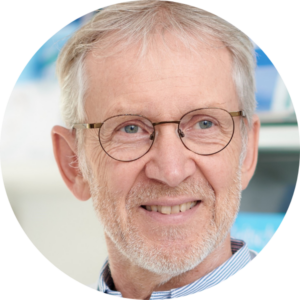
Martin Walger
Germany
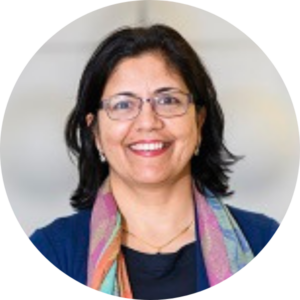
Mridula Sharma
Australia
International Evoked Response Audiometry Study Group (IERASG)
In the early phase of hearing and speech development, it is of central importance that clinicians are able to reliably determine the type and degree of hearing loss in order to begin early with therapy and (re)habilitation within a sensitive period of auditory and brain development. Auditory brainstem responses (ABR) and auditory steady state responses (ASSR) are the pillars of pediatric audiological differential diagnosis. With appropriate stimuli and protocols, frequency specific information can be acquired in infants and appropriate amplification can be provided at a young age. The workshop will focus on the physiological basics and practical clinical hands-on training to perform and interpret ABR and ASSR measures. In this workshop, we will address technical specifications regarding stimulation and recording parameters settings as well as non-technical factors. The practical performance of ABR- and ASSR-measurements will be demonstrated live.
This hands-on training will provide practical ‘tips and tricks’ to facilitate successful clinical assessment of ABR and ASSR. There will be time for questions and discussion of clinical cases.
After this workshop, the participant will:
- be able to set up, perform and interpret two-channel ABR measurements
- know advantages, limitations and pitfalls of ABR and ASSR measures
- be able to recognize external interferences that might happen during AEP recordings and will have knowledge of how to solve these practical problems
Assessing Listening Effort: Pupillometry for Dummies
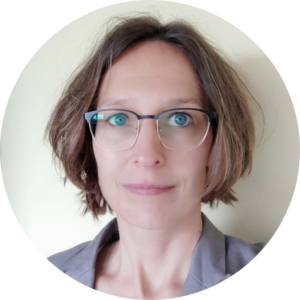
Adriana Zekveld
(Netherlands)
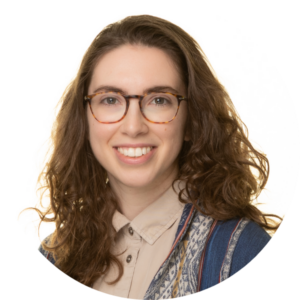
Lauren Fink
(Canada)
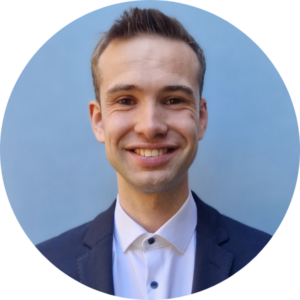
Jorn Sangers
(Netherlands)
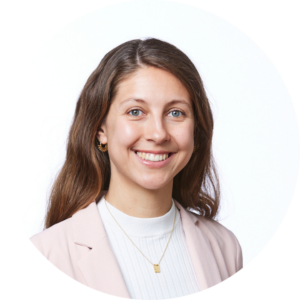
Andreea Micula
(Denmark)
This workshop will introduce the pupil response and its most common implementations within audiological research. A brief theoretical background on the mechanics of the pupil response and how listening effort is captured will be provided. This will be followed by a live demonstration of the acquisition of pupillometry data. This demo will consist of a speech perception task, and live measurement of the pupil dilation response to the perception of the stimuli. The resulting data will be shared with the attendees, in addition to pre-recorded data using the same task. A demonstration of the data pre-processing steps will be provided live, using scripts (probably Python) that will be provided prior to the workshop attendants. This will allow the audience to perform hands-on pre-processing of the data. The audience will then have the chance to conduct condition-averaged analyses, comparing the pupil response across different levels of noise. Subsequently, we will introduce ways to analyse the time-course of pupillometric data, such as single-trial, signal-to-signal analyses between the pupil and speech signals. This workshop is designed for anybody who is interested in conducting pupillometry research, and no previous experience is required.
Auditory Neuropathy
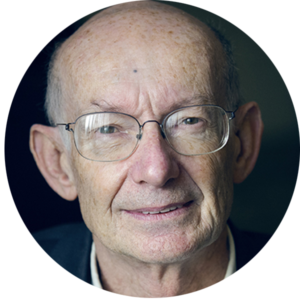
Paul Avan
France
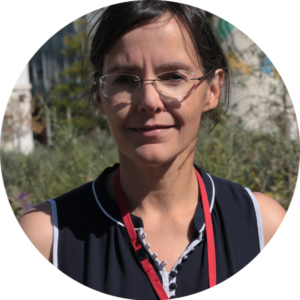
Isabelle Rouillon
France
Auditory neuropathies form a whole spectrum of conditions (ANSDs) in which, according to their broadest definition, temporal processing of auditory cues is more severely affected than auditory sensitivity and frequency processing. Accordingly, cochlear micromechanics is less affected than inner-hair-cell synapses with cochlear neurons or action-potential conduction along auditory pathways. Obviously, whether ANSD is pre- or postsynaptic suggests different interventions with different goals. Accurate diagnosis and the identification of the mechanisms at play are indispensable for ensuring optimal intervention. A complete diagnostic procedure must thus include evaluation of cochlear micromechanics; assessment of synaptic efficacy; separate evaluation of auditory-neuron subgroups (searching for hidden dysfunctions not present at low sound levels); short-term versus long-term synchrony of auditory pathways, possibly unveiling abnormal neuronal fatigability. The goal of this workshop is to show that any audiologist, equipped with otoacoustic emissions, electrocochleography, and ABRs can easily adjust their use to characterize each ANSD pattern.
Contribution of Middle Ear and Multimodal Plasticity to Tinnitus and Hyperacusis
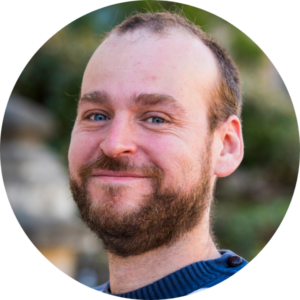
Philippe Fournier
Canada
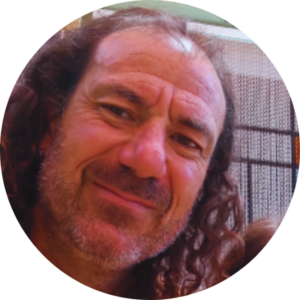
Arnaud Norena
France
Auditory neuropathies form a whole spectrum of conditions (ANSDs) in which, according to their broadest definition, temporal processing of auditory cues is more severely affected than auditory sensitivity and frequency processing. Accordingly, cochlear micromechanics is less affected than inner-hair-cell synapses with cochlear neurons or action-potential conduction along auditory pathways. Obviously, whether ANSD is pre- or postsynaptic suggests different interventions with different goals. Accurate diagnosis and the identification of the mechanisms at play are indispensable for ensuring optimal intervention. A complete diagnostic procedure must thus include evaluation of cochlear micromechanics; assessment of synaptic efficacy; separate evaluation of auditory-neuron subgroups (searching for hidden dysfunctions not present at low sound levels); short-term versus long-term synchrony of auditory pathways, possibly unveiling abnormal neuronal fatigability. The goal of this workshop is to show that any audiologist, equipped with otoacoustic emissions, electrocochleography, and ABRs can easily adjust their use to characterize each ANSD pattern.
Getting the First-Fit Right: Important Insights from Binaural Broadband Loudness Perception
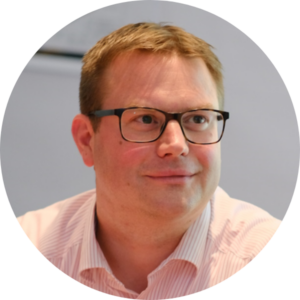
Dirk Oetting
Germany
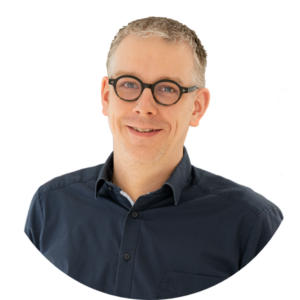
Sven Winkler
Germany
In his doctoral thesis, Dirk Oetting made a ground-breaking discovery, revealing significant variations in the loudness perception of binaural broadband signals among individuals with similar audiograms. Oetting developed the “trueLOUDNESS” first-fit gain calculation method, incorporating both the hearing threshold and binaural broadband loudness summation. Since 2023, this pioneering procedure has been available for fitting hearing aids. Sven Winkler has two hearing aid shops. They changed the first fit procedure completely to trueLOUDNESS. Winkler will discuss the transformative impact of trueLOUDNESS on himself, his staff, and the overall experience and outcomes for their customers.”
How to Assess Vestibular Function in Children from A to Z ?
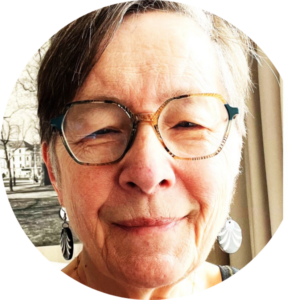
Sylvette Wiener-Vacher
France
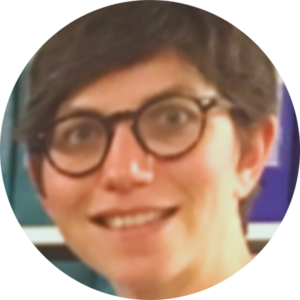
Audrey Maudoux
France
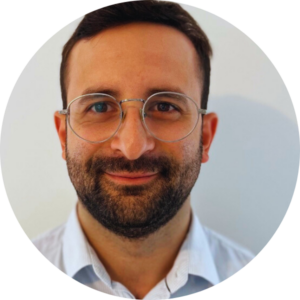
Yohan Ejzenberg
France
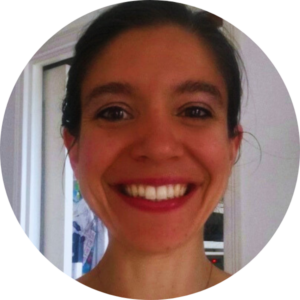
Juliette HOUSSET
France
The aim of this workshop is to provide a framework for performing a complete vestibular assessment in children of all ages, starting with the clinical examination. A video will illustrate the various stages of the clinical examination in a 5-month-old baby and an 8-year-old child. This video has been widely used to illustrate the various components of the exam to both parents and children before their participation. A practical session will follow, providing training on each of the various elements of the clinical examination in the child. We will then go over the VHIT with distance camera, the bithermal caloric test, and the cervical and ocular VEMP. We will provide insights as to common challenges encountered in testing the pediatric population, as well as strategies for approach these challenges and ensuring the reliability of results.
How to Manage Pulsatile Tinnitus : The Neuroradiological Approach
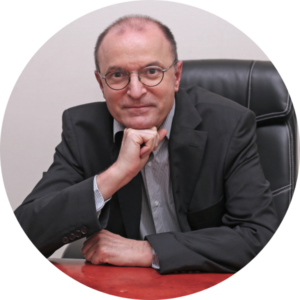
Emmanuel Houdart
France
Pulsatile tinnitus must be recognized and distinguished from other types of tinnitus, as it may be curable in 70% of cases. Pulsatile tinnitus is defined as a sound synchronous with systole. It is usually heard in only one ear. Diagnosis is based on questioning, which is an essential part of the clinical examination of any patient complaining of tinnitus. Once recognized, pulsatile tinnitus requires an etiological work-up guided by a physio pathological model.
How can the cochlea ever perceive a pulsatile sound? To understand this, one needs to know that all intracranial fluids (arterial or venous blood and cerebrospinal fluid) are pulsatile and can therefore cause pulsatile sound. Pulsatile tinnitus occurs either after the appearance of a turbulent vascular flow or after the disappearance of the bony envelope (dehiscence) that normally isolates intracranial fluids from the cochlea. The radiological work-up should therefore explore these two potential mechanisms. This includes a specific brain MRI with 3 sequences (3DTOF non-injected, T2 on internal auditory canal, T1 gado MPRAGE) and a temporal CT scan.
However, unlike a large number of pathologies in which the image leads directly to the diagnosis, in the field of pulsatile tinnitus, the etiological diagnosis can only be established by concordance between the radiological image and the data from a physical examination. Why is this so? For two interrelated reasons. Firstly, because this radiological work-up may reveal “deviant” images which may or may not give rise to pulsatile tinnitus. This is the case with vascular dehiscence or stenosis, which are merely tissue remodeling without any profound structural change. Secondly, 30 % of pulsatile tinnitus do not recognize radiological visible cause. A functional test is therefore mandatory to confirm the responsibility of such a deviant image before proposing an intervention as the pulsatile tinnitus may be without cause. The physical examination should include auscultation of the entire cranial vault and cervical region in search of a murmur, which is of great value when perceived. If the patient hears the tinnitus, auscultation is followed by selective compression of the jugular vein, then of the common carotid artery ipsilateral to the tinnitus, in search of its interruption. This selective compression is a crucial functional test whenever a venous cause is suspected. By compressing the jugular vein, the tinnitus should stop. It should be pointed out that in these cases, which are the most frequent, patients have often discovered this method by their own and, to calm their tinnitus, they fall asleep by placing a pillow under their jaw: this is the “cervical wedge sign”. Finally, the examination continues with a Weber and Rinne test.
In our series, there are 32 listed causes of pulsatile tinnitus, the most frequent of which will be detailed in this workshop.
Imaging or genetic diagnosis for Meniere’s disease ?
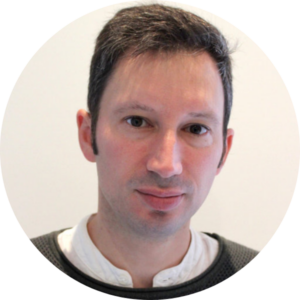
Arnaud Attyé
France
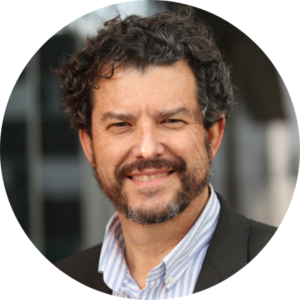
Jose ANTONIO LOPEZ ESCAMEZ
Australia
Recent strides in Meniere’s Disease (MD) research have shed light on its intricate pathophysiology, marking the focus of our upcoming symposium. Pioneering studies have revealed genetic predispositions, and rare mutations in 3 genes have been replicated in multiple families, offering a clearer understanding of the disease’s hereditary aspects. These genes encode for structural proteins that preserve the hair cell stereocilia and the tectorial membrane architecture: otogelin, myosin VIIa and alpha-tectorin. Concurrently, advanced imaging techniques with unsupervised Artificial Intelligence have uncovered subtle malformations in the temporal bone, providing diagnostic breakthroughs. This symposium will delve into these discoveries, discussing the implications for early detection and targeted intervention strategies. By integrating genetic profiling with state-of-the-art imaging findings, we aim to pave the way for a new era in MD diagnosis and management, focusing on personalized treatment approaches and improved patient outcomes.
Objective Assessment of Infant Hearing
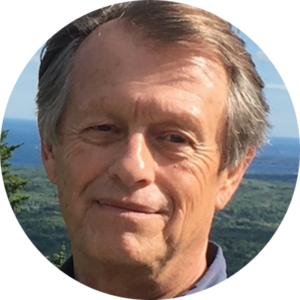
James W. Hall III
USA
This workshop provides audiologists with practical “take home” information on objective auditory assessment of infants. Attendees will be introduced to a protocol for the diagnosis of infant hearing loss with a test battery consisting of aural immittance measures (tympanometry and acoustic reflexes), otoacoustic emissions (OAEs), auditory brainstem response (ABR). The workshop will include hands-on demonstrations using clinical devices.
The workshop will cover the following topics
- Introduction, Overview, Objectives, Format
- Review of crosscheck principle in pediatric hearing assessment
- Test protocols for objective auditory assessment
- DPOAEs
- Aural immittance measurements
- ABR
- Hands-on demonstration: DPOAE measurement and analysis
- Hands-on demonstration: Aural immittance measurement and analysis
- Hands-on demonstration: Neurodiagnostic and threshold estimation ABR
- measurement and analysis including:
- Air conduction click ABR measurement and analysis.
- Bone conduction click ABR measurement and analysis.
- Tone burst ABR measurement and analysis.
Hearing evaluation in the clinic – when & how to test auditory processing
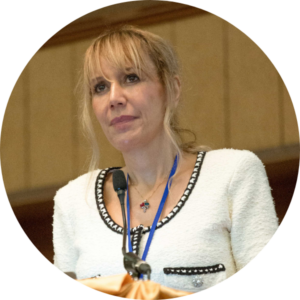
Doris Eva Bamiou
UK
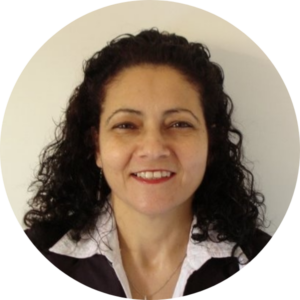
Helen Grech
Malta
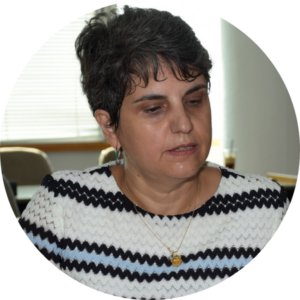
Vasiliki Maria Iliadou
Greece
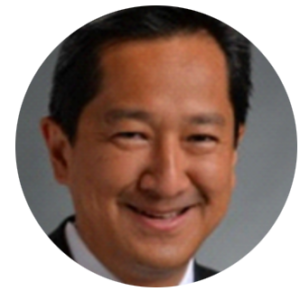
Hung Thai Van
France
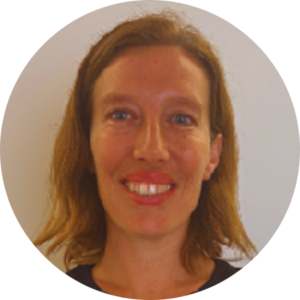
Nadine Tabone
Malta
The recent WHO Report on Hearing (2021) highlighted that pure tone audiometry, despite being considered as the gold standard for hearing evaluation, does not provide the best insight of hearing capacity in everyday life situations.
A more real-life assessment of hearing capacity would be a speech-in-competition (noise/babble/other speech) test, that is a key component of auditory processing evaluation in global guidelines. In the same perspective, the assessment of dichotic skills is also essential.
Join this workshop to learn:
- when to consider auditory processing evaluation
- which tests to include and why
Learning objectives will be accomplished with short theoretical lectures, practical demonstration of different tests (both established and emerging) and interactive case studies presentation that will provide you with a basis for setting up your up-to-date clinical practice.
Auditory training approaches in children with listening difficulties and in adults with cochlear implants
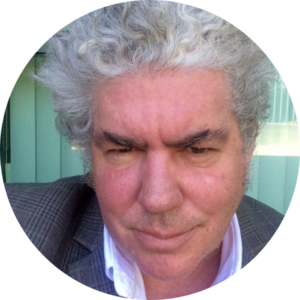
John Galvin
USA
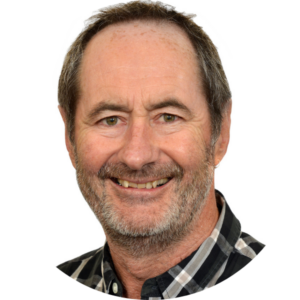
David Moore
USA
As is often said, it is the brain that hears, not the ear. The brain must make sense of natural and electric stimulation patterns. Depending on age, the trajectory for learning auditory stimulation can be quite different. For example, using cochlear implants (CIs), prelingually deaf children develop auditory perception entirely with novel stimulation, similarly to most normally hearing children. Postlingually deaf or hard of hearing adults adapt to new auditory patterns relative to their previous experience with acoustic hearing. Attempts to train children using computer-based training have largely failed, but recent, remote microphone hearing aids and child-oriented enhanced communication techniques have been more promising. While most CI recipients “passively” adapt to electric stimulation (typically over 6-12 months), “active” auditory training can further improve auditory perception, even for experienced cochlear implant users. Drs. David Moore and John Galvin will discuss different auditory training approaches and outcomes for children and adults, respectively
HINTS ++ for an accurate diagnosis in current peripheral vestibular disorders
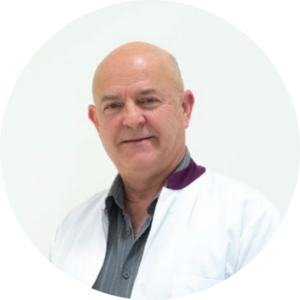
Eugen Ionescu
France
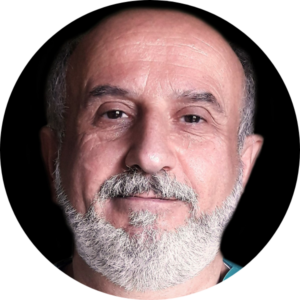
Luigi Califano
Italy
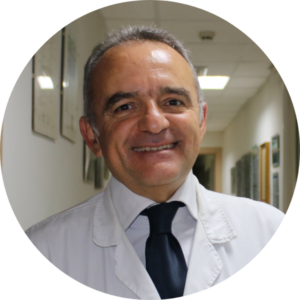
Leonardo Manzari
Italy
Peripheral or central” is the question that any doctor asks in front of a patient who comes to the emergency room for acute vertigo or dizziness. Besides a detailed history regarding onset, the HINTS examination is a basic tool in the detection of acute central causes, including posterior circulation strokes. The acronym refers to HI: Head Impulse, N: Nystagmus direction and TS: Testing Skew and was introduced in 2009 by Kettah et al. The same authors proposed in 2013 that “HINTS plus Hearing” or “HINTS+” could improve diagnostic sensitivity. In this workshop, the authors propose not only an exposition with examples of the basics of this exam, but also the upgrade of HINTS+ to HINTS++. This being a mixture of the above method with other tricks that instructors use in the initial and follow-up vestibular exam that allows them to specifically target the diagnosis to certain peripheral vestibular pathologies.
What Do You Need to Know about Somatosensory Tinnitus in 2024 ?
Sarah Michiels
Belgium
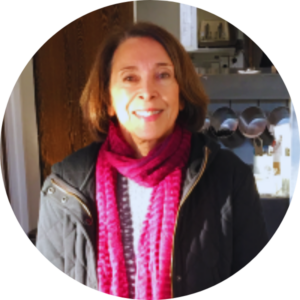
Susan Shore
USA
Abstract to come…
